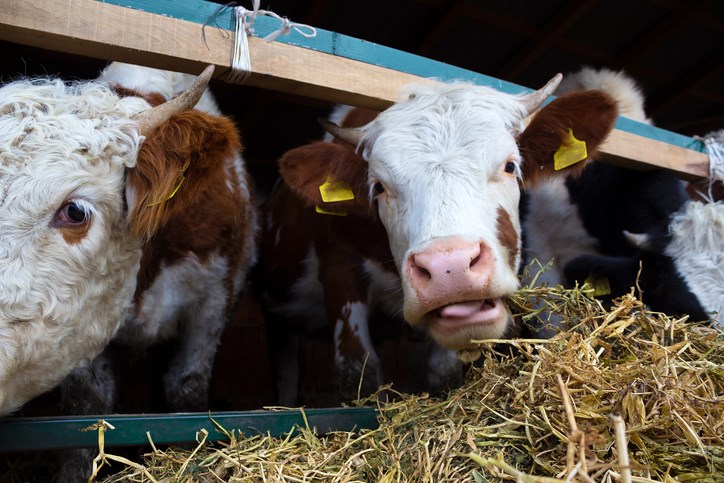YORKTON — Extensive winter-feeding beef cattle in a field setting reduces environmental impacts, while meeting production requirements. Managing soil organic matter, which provides nutrients and energy to plants, is important for maintaining productive soils and subsequent crop/forage production. The addition of animal manure and including perennial forage crops into a field’s rotation can increase organic matter in the soil. Post-winter site management is necessary and may require considerations beforehand, prior to the growing season.
Here are some factors to consider:
Manure and residual feed
Manure and residual feed may build up in certain areas in the field called hot spots, which may require harrowing equipment to spread leftover residual material across the field. An even distribution of organic matter is important to ensure nitrogen, phosphorus and potassium are spread across all areas of the field for uniform plant growth and soil health. Hot spot areas may delay plant growth and produce lower crop/forage yields. High-density grazing in the summer may also be a cost-effective method to spread leftover manure and feed, but this method requires close management as soil compaction may occur.
Soil nutrient status
Soil testing prior to the growing season in the spring and in the fall helps determine the amount of nutrients deposited into the soil from organic matter and whether the soil has limiting nutrients. A soil analysis can help indicate if fertilizer is required or not and which nutrients are deficient. Additionally, pH can be an indicator of soil nutrient status. Soil pH should ideally range from 6-7 (neutral); below or above this range may negatively affect plant health and could limit production. When soil sampling, it is important to note that samples should be representative of the entire field to account for variability. Soil nutrient levels may also be determined by visually assessing subsequent crop/forage growth and recording yields and additional nutrients added to the field.
Runoff
When selecting a wintering site, sloped land should have been avoided, although nutrient runoff may still occur. Warmer temperatures may cause runoff, which is due to poor infiltration of water and drainage into soil. Sloping land has increased potential for runoff and can benefit from tilling to expose stored frozen water, increasing water and soil contact. Increased residue reduces sun-to-soil contact, which slows water evaporation from the field. Tillage increases water evaporation, so reducing equipment use allows water to be retained in the soil that can be used for plant growth.
Some other important considerations may include evaluating the extensive winter-feeding strategy that was used, planning the anticipated time of returning to the site (seeding and/or feeding) and monitoring the crop/forage seeded. It is recommended that wintering sites be rotated each year, which may require planning in advance, so spring can be an ideal time to do so. If seeding a tame forage stand in the spring, it may be optimal to select creeping rooted grasses to tolerate equipment, livestock and erosion.
The Resilient Agricultural Landscapes Program (RALP) provides funding to assist livestock producers to improve their management of extensive livestock wintering sites and use of land for perennial forage production through the Extensive Wintering Site Management best management practice (BMP) and Seeding Tame Forage BMP. To learn more about the program, visit our webpage or call the Agriculture Knowledge Centre at 1-866-457-2377.
— By Corissa Wilcox is an agri-environmental specialist at Yorkton




